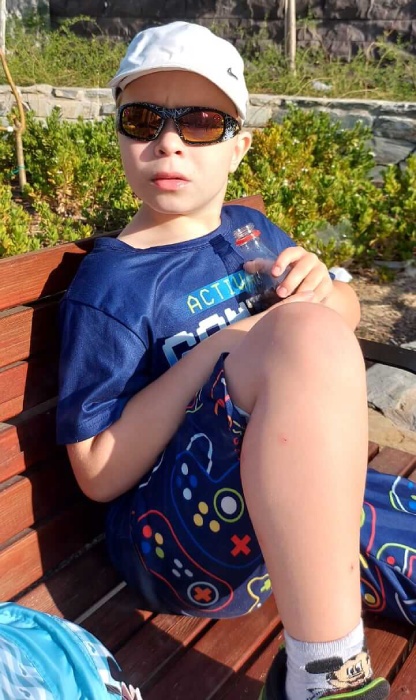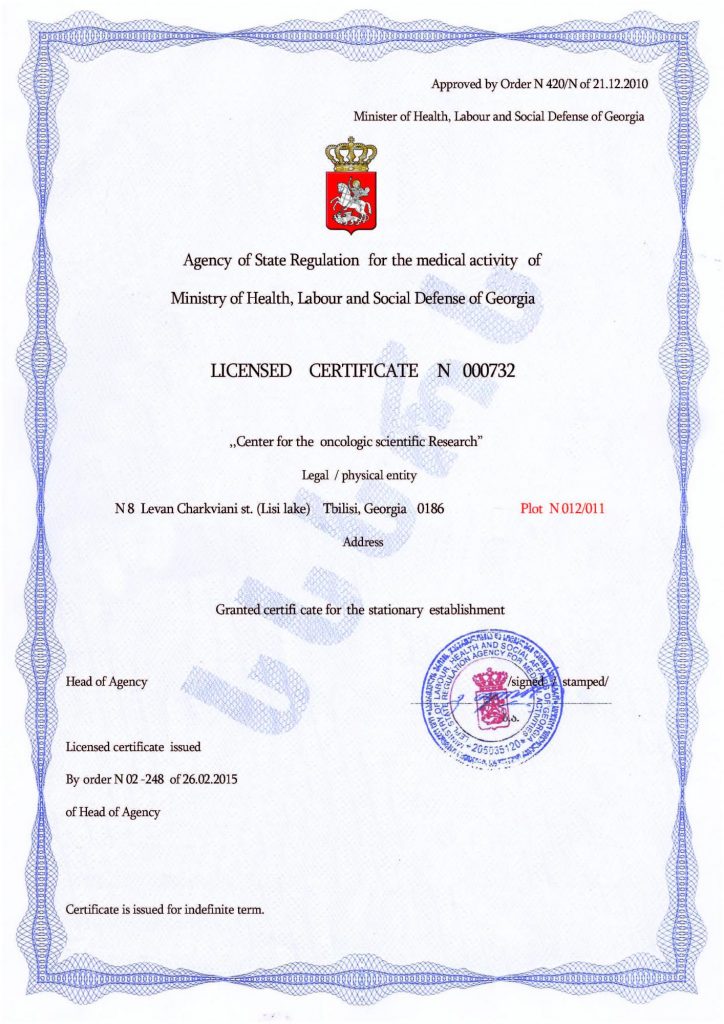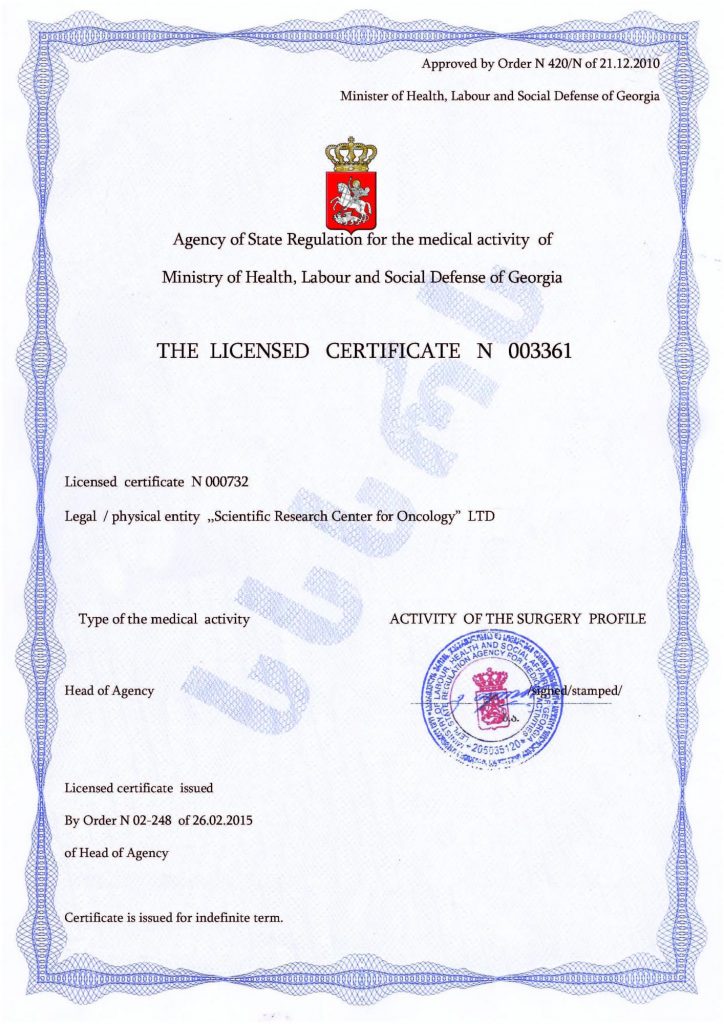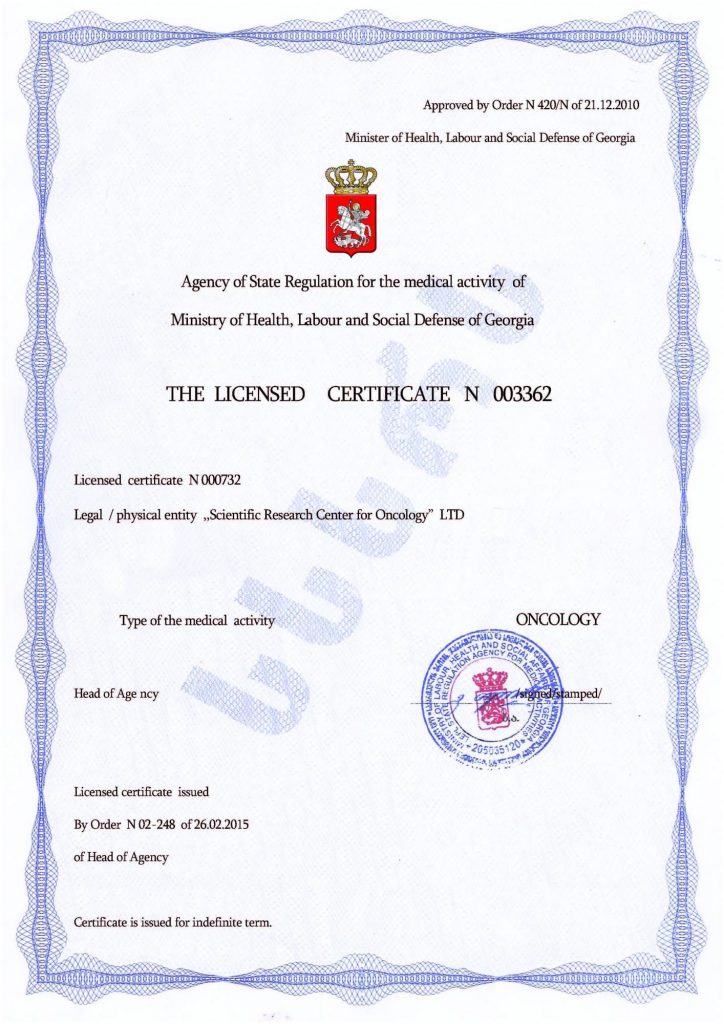Development of the Emotional Sphere in Autism
Understanding Emotional Challenges in Autism Spectrum Disorder (ASD)
Children with Autism Spectrum Disorder (ASD) often struggle to recognize and regulate emotions. However, emotional development can be supported and accelerated, helping autistic individuals better understand others and respond more appropriately to their feelings.
Basic vs. Complex Emotions
There are six basic emotions: happiness, surprise, sadness, anger, fear, and disgust. More complex emotions include embarrassment, shame, pride, guilt, envy, joy, trust, interest, contempt, and anticipation.
From birth, children begin to learn about emotions — starting with the simplest.
- At around 2 months, most infants begin to laugh and show fear.
- By 6 months, they smile in response to others.
- By 1 year, they may wave goodbye.
Neurotypical children also learn to read facial expressions and later use language to express emotions, with empathy and emotional regulation improving over time.
Key Emotional Difficulties in Autism
Autistic individuals often face difficulties with:
- Recognizing facial expressions and associated emotions
- Imitating emotional behaviors and reacting appropriately
- Understanding and managing their own emotions, as well as interpreting others’
- Showing empathy
In mild cases of ASD, emotional development is slower than in neurotypical peers. By the age of 5–7, many autistic children can recognize joy and sadness, but may not respond to fear or anger. This is sometimes mistaken for emotional detachment or unwillingness to communicate, slowing social development and peer interaction.
Interestingly, children with mild ASD may express emotions similarly to neurotypical peers but find it difficult to describe their feelings. In more severe cases, children may experience fewer emotions overall.
Early Signs and Social Interaction Challenges
Even as infants, children with ASD may show:
- Less attention to others’ facial expressions and emotions
- Limited use of gestures like pointing or reacting to stimuli
- Difficulty using emotions to manage social interaction
- Less concern for others, reluctance to comfort, or share feelings
These issues may lead to inappropriate emotional responses or overreactions in various situations.
Strategies to Support Emotional Development
Parents can help by:
- Engaging in frequent communication, emphasizing facial expressions and eye contact
- Responding only after the child makes visual contact when asking for something
- Repeating questions to attract attention if the child does not respond
- Naming and explaining emotions as the child experiences them
- Using role-playing and emotion cards to teach emotional expressions
- Encouraging real-world application of recognized emotions
Stem Cell Therapy: A Promising Path Forward
Developing the emotional sphere in children with ASD is a long and labor-intensive process. It can be significantly accelerated by addressing the root cause — the disorder itself.
Stem cell therapy is currently the most effective, safe, and advanced approach. This innovative treatment involves the transplantation of stem cells, which can transform into various healthy cells, replacing damaged ones. The results include:
- Normalization of brain and nervous system function
- Reduction or elimination of autism symptoms
- Acceleration of overall development, including emotional growth
This therapy delivers fast and lasting results, often for a lifetime, and enhances the impact of other autism interventions.
Due to its high potential, stem cell therapy is expected to become a mainstream treatment for ASD. It is already offered by leading global clinics, including the Mardaleishvili Medical Center, which boasts:
- Highly qualified specialists
- Cutting-edge equipment
- Cost-effective treatments, often cheaper than abroad
- Comprehensive support, including travel planning and rehabilitation accommodations
Start stem cell therapy — and help your child unlock the world of emotions!
Autism Treatment Center Videos
Autism treatment with own stem cells
Cord blood association congress
International Quality Crown
Autism Treatment Reviews
Autism treatment with own stem cells
The story of Alessandro (6 years old)
Autism Patient Testimonial - Stem Cell Treatment
Clients Testimonials

Anna – Sasha’s mother Read More
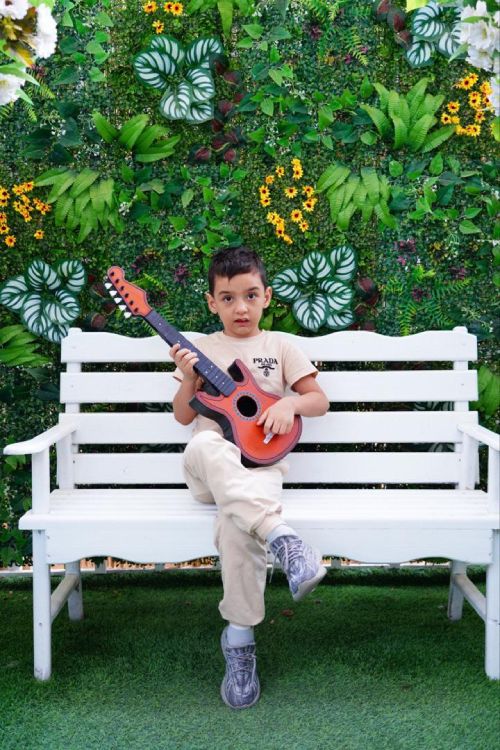
Amirkhon’s father — Tokhir Read More

Dilana’s mother Read More
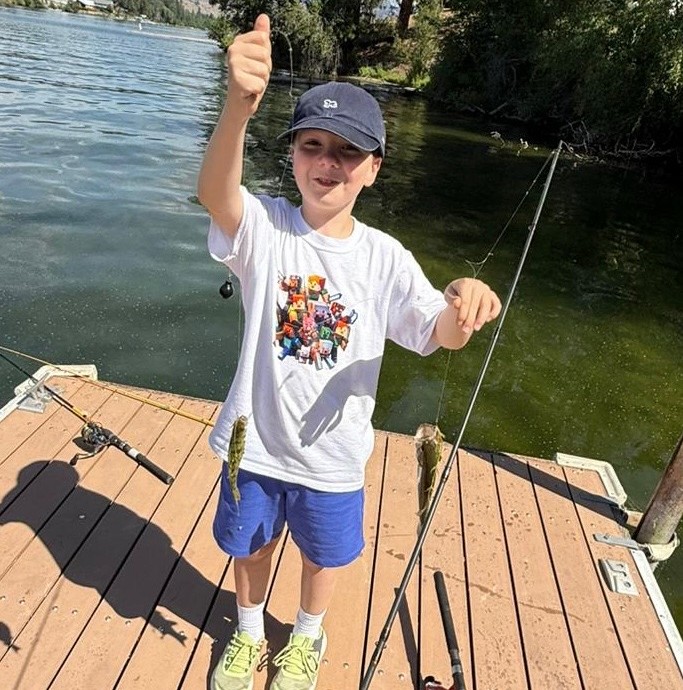
Irina and Stefan – Ilya’s parents Read More
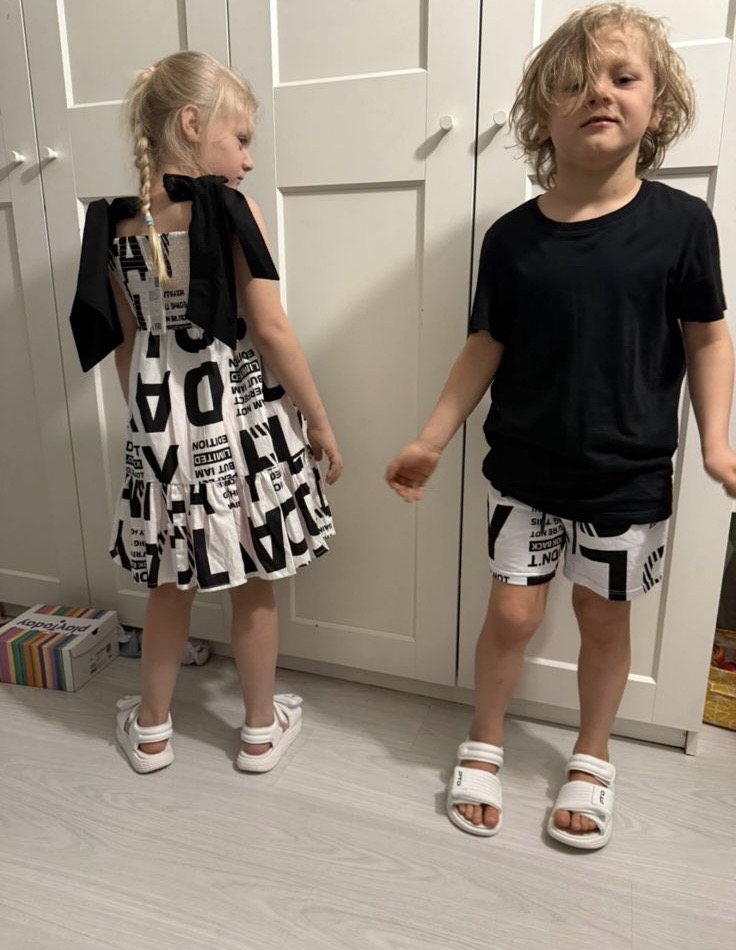
Kristina – mother of Nelly and Nik Read More
